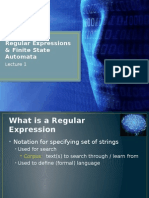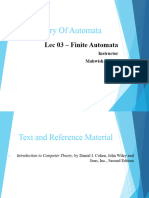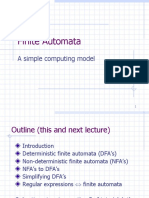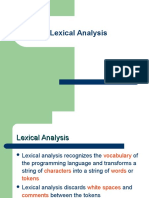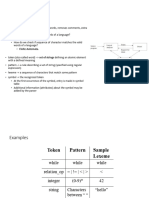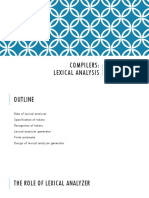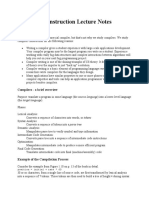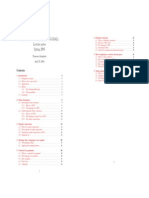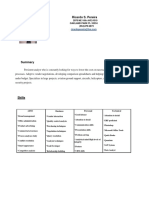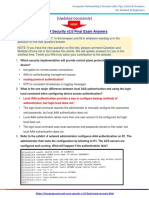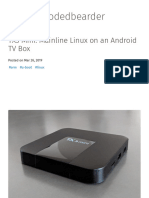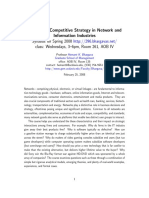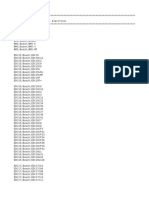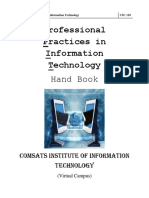0% found this document useful (0 votes)
3 views59 pagesRegexFSA
Regex notes
Uploaded by
arkham2462Copyright
© © All Rights Reserved
We take content rights seriously. If you suspect this is your content, claim it here.
Available Formats
Download as PPTX, PDF, TXT or read online on Scribd
0% found this document useful (0 votes)
3 views59 pagesRegexFSA
Regex notes
Uploaded by
arkham2462Copyright
© © All Rights Reserved
We take content rights seriously. If you suspect this is your content, claim it here.
Available Formats
Download as PPTX, PDF, TXT or read online on Scribd
/ 59












